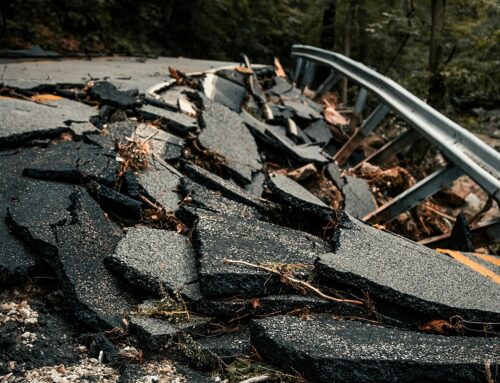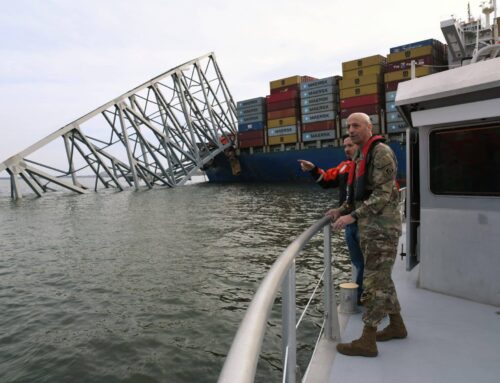Fun in the sun may be costing you more than you think.
A sobering fact: If you go to a beach along the East or Gulf Coasts this summer, chances are you’ll have paid for some of that sand on which you lay your blanket. Many beaches have not been sculpted for free by Mother Nature but constructed with tax dollars by the U.S. Army Corps of Engineers. In reality, the forces of the ocean overpower those of man and in most cases that sand – and dollars – washes out to sea.

All this sand has to come from somewhere. The near shore environment is one of the least understood parts of the natural world and little is known about sand transfer off shore. You also can’t just use any sand for replenishment–the grain size and structure matters. You get that wrong and you’ve got a silty beach or one that erodes even quicker (or one with munitions on it). Once identified, sand is dredged from an off shore borrow site and then pumped onto the beach. Bulldozers manufacture berms to look like dunes and sculpt the pile of sand to look like a beach. Then, after much of it washes away—generally within five years–the process starts all over again. The problem is, sand is getting more scarce and valuable. Some Florida counties are even looking to buy it from Caribbean nations, but that’s expensive.
A typical project is economically justified by the value of the property being protected. Building a beach for bungalows yields less economic benefits and less protection. Mansions gets you big berms. So, in conjunction with subsidized federal flood insurance, these federal programs have helped drive more intensive development along the coast which inevitably leads to increase federal disaster costs when the next storm hits. Of course property is rebuilt and the sand must be replenished.
The first time the feds build a community beach, 65 percent of the tab is picked up by Uncle Sam. Until 1999, the same was true for ongoing replenishments, but that year the federal share was dropped to 50 percent. An even better solution is to adopt H.R. 5680, the Increasing Local Autonomy for Shore Protection Act of 2016 from Rep. Matt Salmon (R-AZ) which would drop the ongoing share to 35 percent, federal. While the lion’s share of benefits go to the local communities, American taxpayers everywhere are picking up most of the cost. In some cases, states dedicate funds so that the benefitting communities pay only a small amount of the non-federal share.
The local demand for federal assistance is great and growing. Communities enlist lobbyists to help them bring home the cash. But with limited construction funds in the Corps’ budget (beach replenishment got $40 million nationally in FY2016 and is currently slated to receive $50 million in FY17), the money necessarily gets spread among various projects.
It’s time for a change—and the nation and coastal communities need to have a serious conversation about financial resources and what makes sense. The beach replenishment program is not sustainable. Of course, there are some locations where, either because of relatively stable coasts or the presence of major infrastructure, beach replenishment will be part of a long-term solution. But in many other cases, as the costs rise and the sand sourcing challenge grows, different solutions will be necessary. Regardless, the federal taxpayer shouldn’t be shouldering the bulk of the costs of these unwise expenditures.
There will always be beaches. They just may not be where a community wanted or expected them to be. It’s senseless to maintain a beach simply because someone put a proverbial line in the sand with a row of beachfront houses. To use the nation’s tax dollars on this Sisyphean task is a waste.













Get Social